
What is the Best Sway Control Hitch for Me?
Our Top Sway Control Picks What Types of Sway Control Are Available? 4 Questions to Ask When Choosing Sway Control
Our Top Picks - Systems with Integrated Sway Control

What Types of Sway Control Are Available?
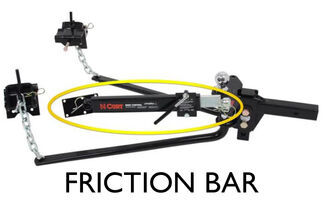
Economically priced Great option for towing small trailers
Not compatible with surge or hydraulic trailer brakes Must remove friction bars before backing up, or damage can occur In slippery conditions (rain, ice, gravel), turn the unit's on/off handle counterclockwise until all tension is removed to ensure both vehicle and trailer turn properly Reactive—stops sway after it starts
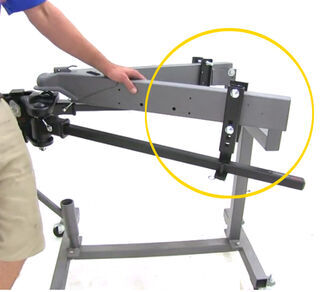
Can back up without disengaging system Can be used with surge (or hydraulic) brakes Typically easier to hook up than systems with chains Great option for towing mid-size trailers Overtightening/undertightening is not an issue (unlike with friction sway systems)
Costs more than friction-style systems Does not provide as much control as 4-point or dual-cam systems
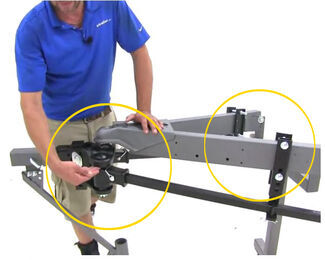
Provides additional control compared to 2-point or friction-style systems Can back up without disengaging system Can be used with surge (or hydraulic) brakes Typically easier to hook up than systems with chains Great option for towing larger trailers Overtightening/undertightening is not an issue (unlike with friction sway systems)
Costs more than friction-style and 2-point systems
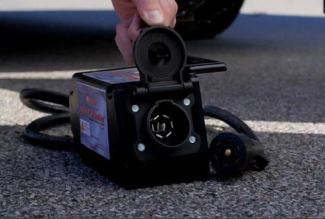
Electronic Sway Control
Provides more control than friction systems Some systems are plug-and-play Prevents sway before it begins Most systems feature one-time self-calibrating setups
Not compatible with surge (or hydraulic) brakes
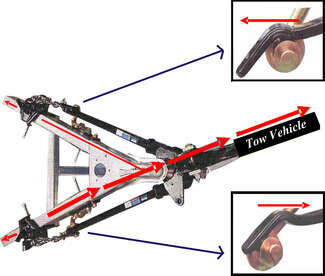
Provides more control than other systems Can back up without disengaging system Typically easier to hook up than systems with chains Great option for towing larger trailers Overtightening/undertightening is not an issue (unlike with friction sway systems)
Not compatible with surge (or hydraulic) brakes Costs more than other systems
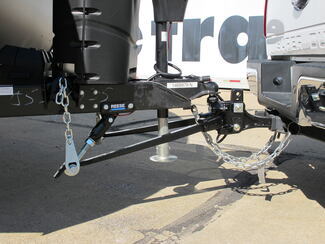
4 Questions to Ask When Choosing Sway Control
1. How big is your rig?
2. How often do you want to tow?
3. Do you have surge brakes?
4. Do you care about backing up?

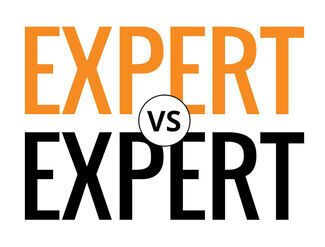

Which is better: the 4-point Equal-i-zer or Reese dual-cam system?

2 Steps for Finding the Right Weight Distribution Hitch Size 5 Weight Distribution Hitches That Will Do the Job Right (2019) Common Weight Distribution and Sway Control Questions Confidently Choose Your Weight Distribution Hitch - Here's 5 Tips How to Install a Weight Distribution Hitch (With Pictures & Video)
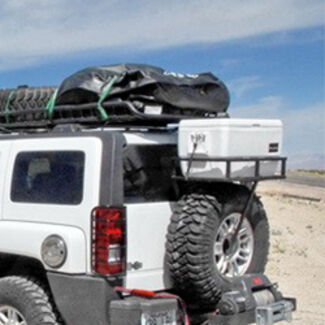
John G.
7/20/2022
I have a 4 point system but the friction on the rotation fitting makes hookup difficult at times. Can I grind this fitting down to enable an easier swival and less noise when turning on tighter turns. Thank you, Dale Boyce


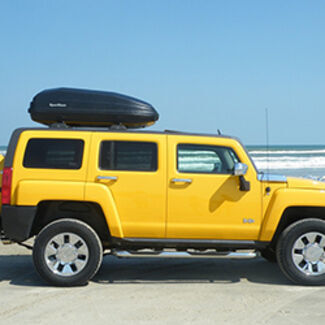
Karen W.
7/24/2021
I bought a 13' Fleetwood Prowler Lynx. Electronic brakes. Hauled it 6 hrs to get it home from dealer and got a 'bit' of sway. Nothing serious. Wondering if I need a sway bar? And what kind? 2000lb dry weight.

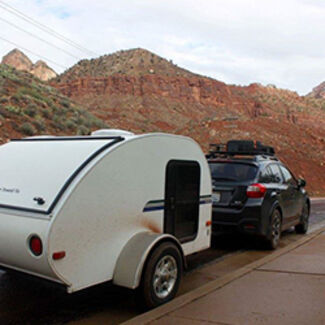
Rene S.
7/8/2021
To my understanding the Weight Distributing System is one job more than just holding the TT to the TV which transferring some of the weight to the front. my question is why if I am equipped with an Electronic Sway Control I don’t need the WD which mean that there will be no more transferred weight to the TV front end. So I will lose the solid steering feel and start to light the top of trees and also incoming drivers. For me the WD should be used with the Electronic Sway Controller. But no need to get a WD/Anti sway Hitch system but only a WD Hitch and the Electronic Anti Sway Controller.??..




Johnny
6/20/2021
I am pulling a 26' travel trailer with a 2002 f250 7.3 diesel and was wondering which 4 point sway bar is best for me

Departments
Towing
- Trailer Hitch
- Fifth Wheel
- Gooseneck
- Towing a Vehicle
- Front Hitch
- RV Hitch
- ATV Hitch
- HD Truck Hitch
- Vehicle Wiring
- Brake Controller
- Ball Mounts
- Weight Distribution
Sports and Recreation
Trailer Parts
- Utility Trailer
- Boat Trailer
- Landscape Trailer
- Enclosed Trailer
- 5th/Camper Trailer
- Car Hauler
- Horse Trailer
Vehicle
Contact & Help

What our customers are saying:
"This site is top notch: Great prices, great service. Highly recommended."
Popular Vehicles
- Subaru Forester
- Ford F-350 Super Duty
- Ford F-250 Super Duty
- Chevrolet Silverado 1500
- Jeep Wrangler Unlimited
- Jeep Wrangler
- Ram 3500
- Toyota Highlander
- Ram 2500
- Chevrolet Silverado 2500
- Subaru Outback Wagon
- Chevrolet Silverado
- Dodge Ram Pickup
- GMC Sierra 2500
- Ram 1500
- Ford F-250 and F-350 Super Duty
- Jeep Grand Cherokee
- Toyota Tacoma
- GMC Sierra 3500
- Toyota Tundra
- Ford Escape
- More >>



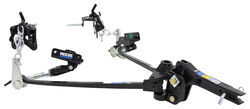
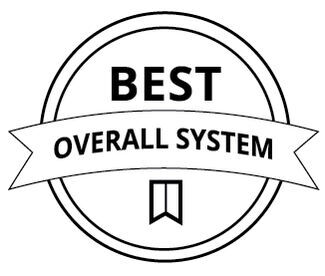
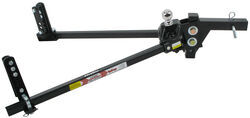






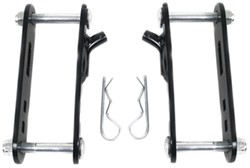
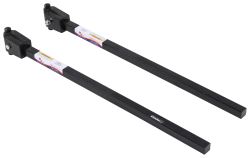
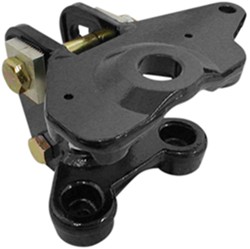

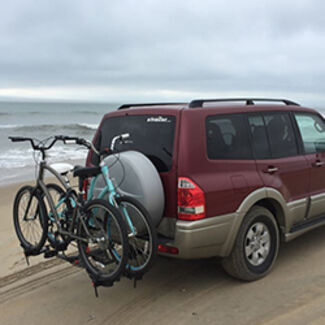


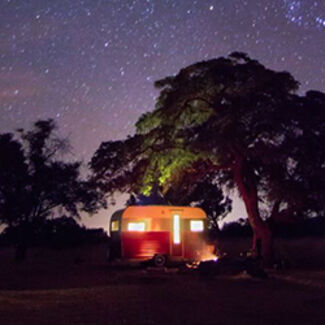














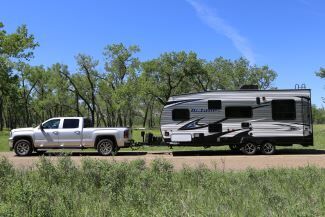

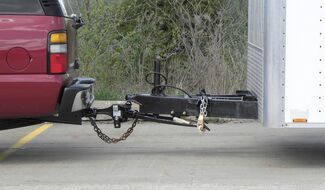








Brent C.
5/23/2023
I have a 2022 Forest River Salem FSX requiring a 2 5/8" ball size. Will that work with the Equal-i-zer 4 point WD system?